May 18, 2025 | 11:24 GMT +7
May 18, 2025 | 11:24 GMT +7
Hotline: 0913.378.918
May 18, 2025 | 11:24 GMT +7
Hotline: 0913.378.918
The entire Dak Nong province currently has more than 248,000 ha of forest, including about 196,358 ha of natural forest. This is one of the great sources of economic potential to help people stabilize their lives and escape poverty sustainably. In addition, in order to keep up with the trend of sustainable forest economic development, the province is proactively implementing the construction of carbon credits. This is considered a huge economic potential of Dak Nong province.
The Dak Nong Provincial People's Committee has just approved a project to develop natural forests associated with socio-economic development and population stabilization in the 2022–2025 period, with a vision to 2030. This project has an implementation budget of approximately VND 893 million, invested by the Department of Agriculture and Rural Development.
This project focuses on well-protecting natural forest areas in association with socio-economic development and stabilizing people living in and near forests. In addition, the goal is to increase the province's forest coverage rate to over 40% by 2025 and over 42% by 2030, equivalent to the national average.
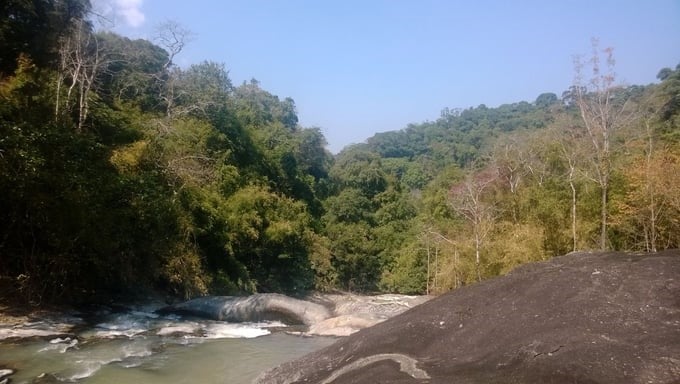
The stream in the forest core of Nam Nung Nature Reserve is one of the wild and beautiful natural places that attracts tourists. Photo: HT.
Conservation and development, as well as monitoring, supervision, rescue, and development of forest creatures, are also of concern to the project. Especially endangered species of animals and plants in forests have a high conservation value, minimizing acts of encroachment on forest resources.
In addition to managing and protecting natural forest areas well, Dak Nong province will focus on developing the forest economy. Forest economic development models such as raising pigs, cows, and goats under the forest canopy; exploiting bamboo; planting specialty trees in natural forests; growing medicinal herbs under the forest canopy; developing eco-tourism and resorts, etc. contribute to increasing revenue for forest management and protection units.
One of the leading units in the work of allotting forests to people for many years is Ta Dung National Park, Dak Glong district. Mr. Khuong Thanh Long, Director of Ta Dung National Park, said that thanks to the allocation of forests to people and joining hands with people to protect the forests, the situation of deforestation has stopped for many years. "There are more than 200 ethnic minority households, mainly Ma people, living around Ta Dung National Park who are allotted over 6,000 ha of forest. With an average payment of VND 693,000–1.028 million/ha/year, on average each year, a household contracted to manage and protect forests will have an income of VND 20.8–30.8 million," said Mr. Long.
According to Mr. Le Quang Dan, Deputy Director of the Dak Nong Department of Agriculture and Rural Development, the province had a project to develop natural forests associated with socio-economic development and population stabilization in the 2022–2030 period with a total budget of more than VND 890 billion. Of which, the goal is to increase the forest coverage rate to over 40% by 2025 and over 42% by 2030. In addition, the province also piloted 15 forest economic development models and attracted six investment projects to develop eco-tourism, resorts, entertainment, and environmental services for tourism development.

437-year-old sandalwood tree in Thac Mo protection forest, one of the places with great potential for tourism development. Photo: HT.
It is known that, along with 11 provinces and cities in the South Central and the Central Highlands, Dak Nong plans to participate in the Emission Reduction Payment Agreement (ERPA) from forests in the Central Highlands and the South Central within the framework of cooperation between Vietnam and the Organization for Forest Financial Enhancement (Emergent) - Coordinating Organization of the Alliance for Lowering Emissions by Accelerating Forest Finance (LEAF Alliance).
There are currently 46 countries and 35 territories applying the carbon pricing tool, with a total controlled greenhouse gas amount of 12 billion tons of CO2. This is a potential direction because in 2019 alone, revenue from global carbon pricing amounted to USD 45 billion. In Vietnam, it is estimated that 57 million carbon credits can be sold to international organizations, and if calculated at a price of USD 5/credit, it is possible to earn hundreds of millions of USD each year.
Dak Nong currently has approximately 290,000 ha of forestry land, accounting for 45% of the natural area. The total area of forested land, according to the review, is about 248,000 ha. Dak Nong is identified by experts as an area with great potential for developing the forest carbon credit market.
And according to experts' preliminary assessments, if Dak Nong protects the existing forest status well and increases the forest area to nearly 88,000 ha by 2030, the amount of carbon Dak Nong forests can absorb is 1.5 million tons, generating revenue of about USD 7.5 million/year (calculated at a price of USD 5/credit).
According to Mr. Le Trong Yen, Vice Chairman of the Dak Nong Provincial People's Committee, the province has developed a plan to strictly manage and protect the existing natural forest area. Next, develop multi-purpose crops that are recognized as economically effective, increasing coverage, and bringing in carbon credits. "We are closely following the Central Government's Resolution and the current policy mechanism to pilot carbon credits. The province is synchronizing forest development and combating climate change associated with forest environmental services to build carbon credits and sell them on the market in the future," Mr. Yen emphasized.
Translated by Thu Huyen
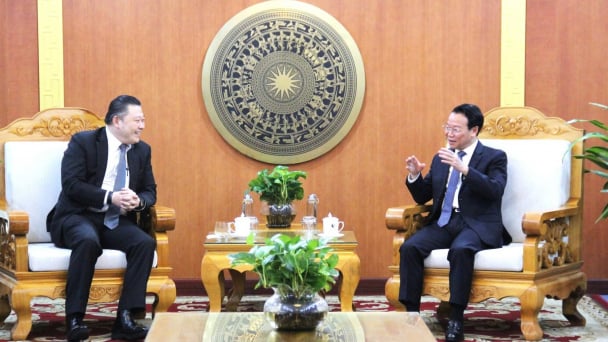
(VAN) Minister of Agriculture and Environment Do Duc Duy held a meeting with Soopakij Chearavanont, Chairman of C.P. Group, on May 15.
/2025/05/16/3800-0-nongnghiep-143756.jpg)
(VAN) Suntory PepsiCo Vietnam coordinated with the Ministry of Education and Training to implement an education program on water conservation, reaching nearly 1 million primary school students nationwide.
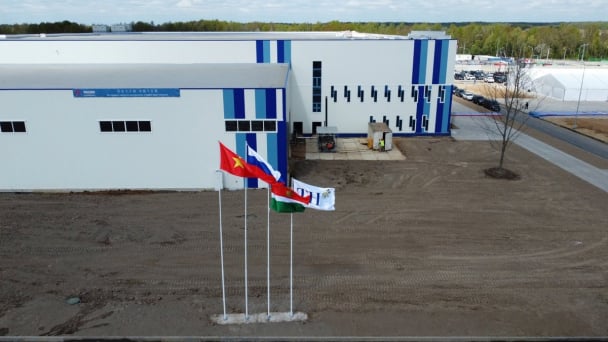
(VAN) Vietnam’s TH Group officially put its high-tech fresh milk processing plant into operation in the Russian Federation, marking a historic moment as the first TH true MILK cartons were produced in Russia.
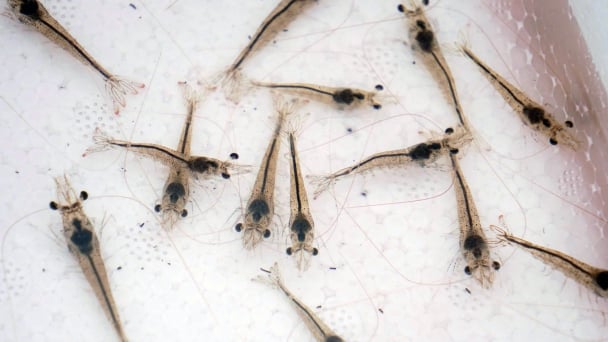
(VAN) Use of high-quality broodstock and biotechnology is regarded as the most effective approach to ensuring sustainable and economically viable shrimp aquaculture ahead of climate change and the emergence of increasingly intricate disease patterns.
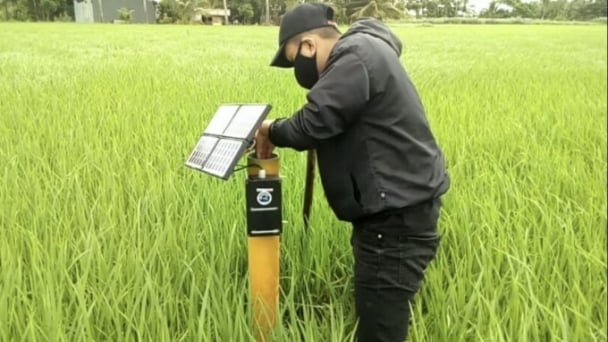
(VAN) Carbon farming is a form of agricultural practices that helps absorb more greenhouse gases than it emits, through smart management of soil, crops, and livestock.
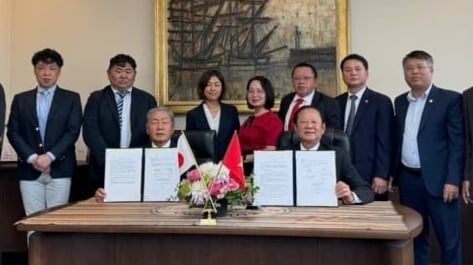
(VAN) This is a key content of the Memorandum of Understanding recently signed between the Vietnam Fisheries Society and Kunihiro Inc of Japan.
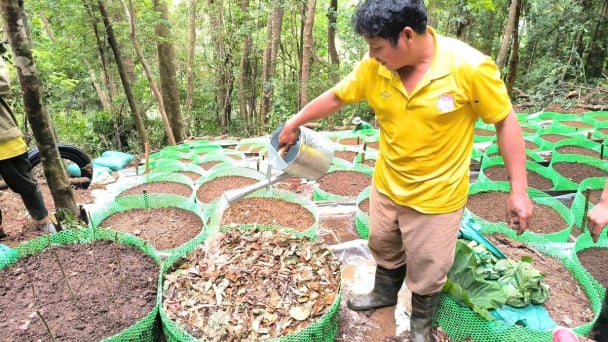
(VAN) To achieve the goal, local authorities and businesses in Kon Tum province have fully prepared the necessary conditions for the new Ngoc Linh ginseng planting season.